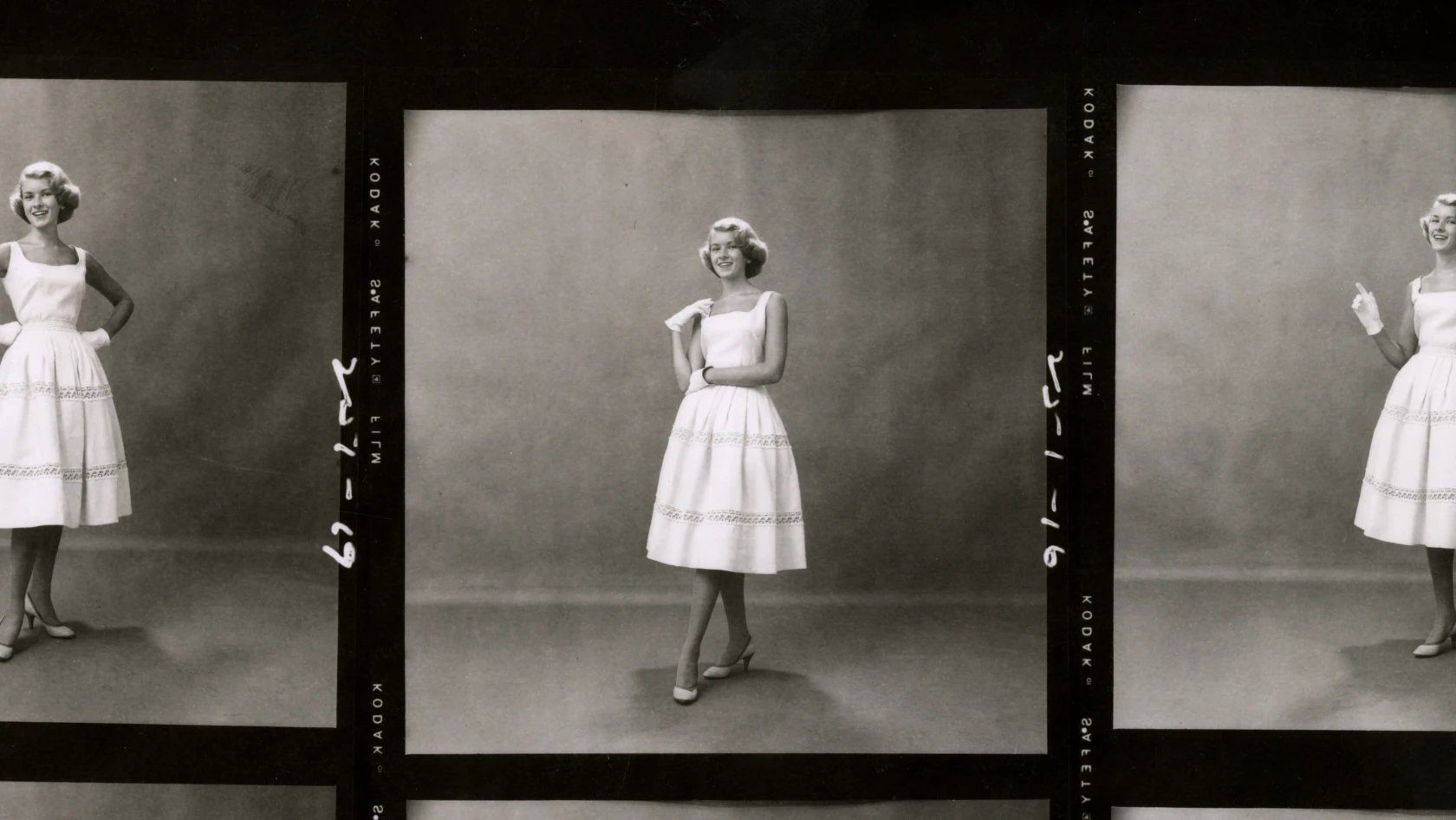In Netflix doc, Martha Stewart looks back at her triumphant highs, humiliating lows
By Richard Roeper
October 29, 2024
Early on in the Netflix documentary “Martha,” the question is posed to Martha Stewart: “What is it that you most dislike?”
Stewart replies, “That’s a hard question to answer,” and then proceeds to prove it’s not difficult at all:
“I dislike waste. I dislike inefficiency. Avoidance, impatience. I dislike people who think they can do more than they can do. I dislike not paying attention to details, being mean just to be mean. I dislike aprons and house dresses. I used to dislike the color purple. A lot. ... And red. I don’t plant very many things red in my garden ... so red is another thing I’m not very fond of. OK. Next?”
You can almost feel the chill in the room — and yet there’s something charming about Stewart’s zero-f’s-to-give demeanor. She’s known great privilege and stinging heartbreak, jaw-dropping success and humbling failure, triumphant highs and humiliating lows, and here she is in present day, puttering around her cinematically gorgeous garden in a tastefully chic ensemble, being Martha Stewart through and through.
The 83-year-old Stewart is one of the most legendary perfectionists of our time — a trait that fueled Stewart’s ambition as she became one of the wealthiest businesswomen in the world, a trait that also contributed to a spectacular downfall, a trait that burns through in the highly entertaining “Martha.” With the great American filmmaker R.J. Cutler (“The War Room,” “Billie Eilish: The World’s a Little Blurry”) delivering a briskly paced but thorough film that ticks off the many amazing chapters in Stewart’s life, “Martha” is one of the best documentaries of the year.
With Stewart as the primary interview subject becoming a kind of de facto narrator of her own story, and a number of her siblings, colleagues and friends providing off-camera context, “Martha” follows a linear path, with director Cutler making great use of archival footage, TV clips, and the occasional illustration done in the style of a graphic novel. As one of six children growing up in Jersey City, New Jersey, Stewart began a successful career in modeling at age 15 and cut quite the stylish profile at Barnard College in the early 1960s. (Stewart says when she told her father of her plans to marry a Yale student named Andy Stewart, he slapped her hard across the face because Andy was Jewish.)
By the mid-1960s, Stewart was making $250,000 a year as a stockbroker on male-dominated Wall Street (“That’s where I learned to behave around billionaires”), and she and Andy moved into a fixer-upper farmhouse on Turkey Hill Road in Westport, Connecticut, and Stewart started a catering business, and “that was the beginning of Martha Stewart,” she recalls.
“Martha” takes us through Stewart’s meteoric rise as a businesswoman, author, magazine publisher, Kmart icon and TV personality as she becomes enormously successful and wildly popular for inventing a whole new way of life for the modern American homemaker — a lifestyle her detractors derided as unrealistic and elitist. We see footage from a “Hard Copy” segment posing the question, “Is the pristine princess really the queen of mean?” and we see Barbara Walters asking her, “Martha, why do so many people hate you?”
When Stewart was found guilty of charges related to the sale of her shares of ImClone Systems stock and was sentenced to five months in a federal correctional facility, her empire crumbled. Stewart is open about her experiences in prison (“I had to do all that crap you see in the movies”) and says of her prosecutors: “It was so horrifying to me that I had to go through that, to be a trophy for these idiots in the U.S. Attorney’s Office. Those prosecutors should have been put in a Cuisinart and turned on high.” (Always with the kitchen references, Martha!)
From time to time, we see video footage of Stewart living up to the control-freak stereotype, as in an early 2000s clip when she berates kitchen staffers, or when she scoffs at the incompetence of an employee who designed a teacup with a too-small handle, “I’m supposed to pussyfoot around such a nitwit?”
We also see evidence of Stewart’s resilience and her ability to adapt to the times, e.g., a comeback that included a killer performance at a Comedy Central roast of Justin Bieber, the friendship and partnership with Snoop Dogg, and becoming a Sports Illustrated Swimsuit cover model at the age of 81. Through it all, Martha’s gonna do Martha. Love her or hate her, admire her or fear her, there’s no denying she’s one of a kind.

